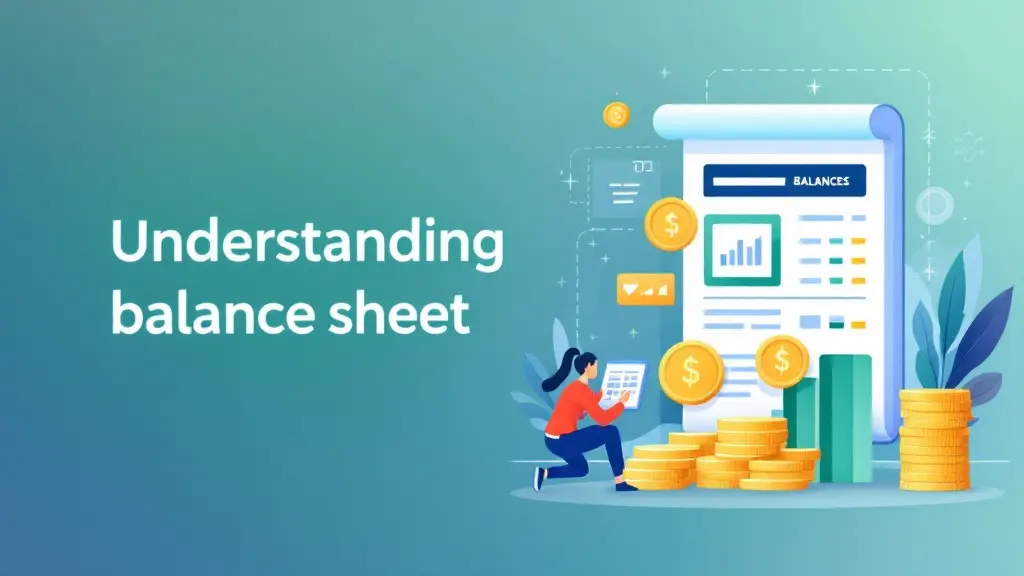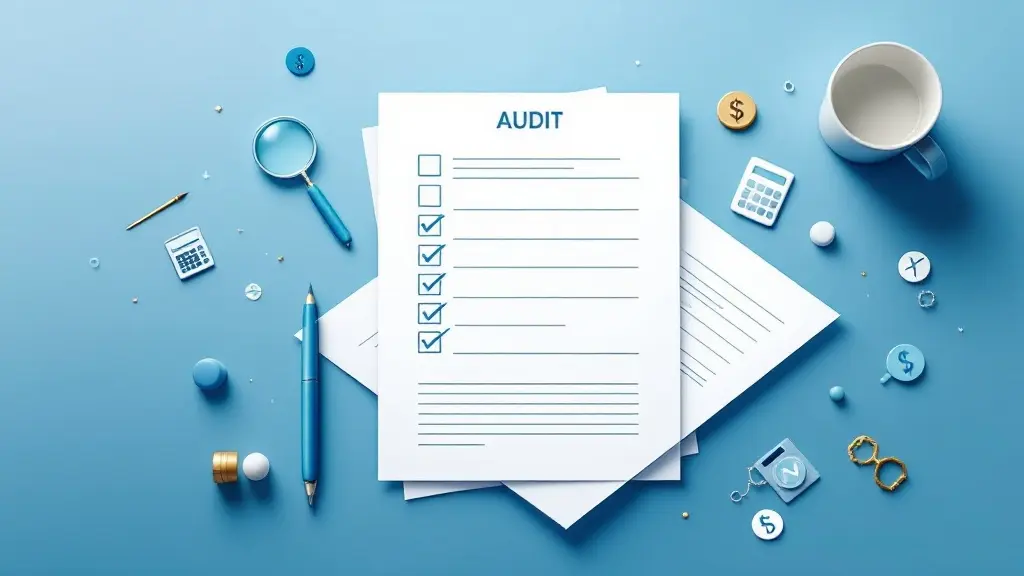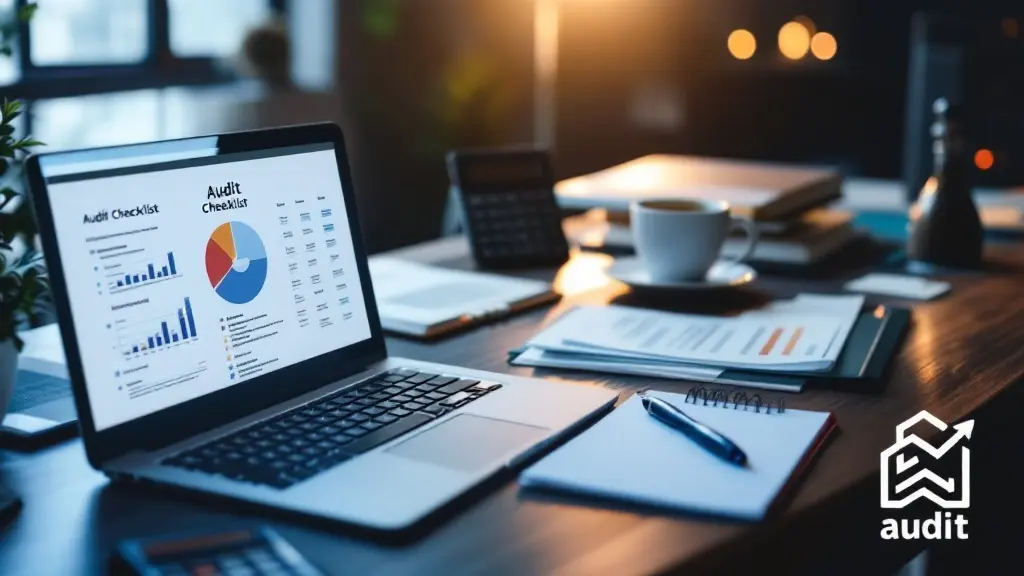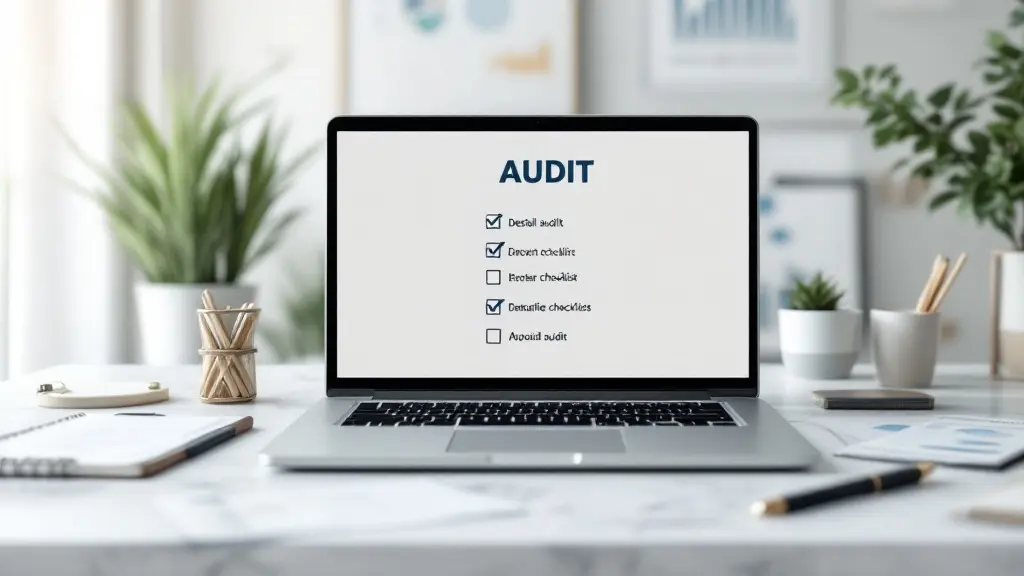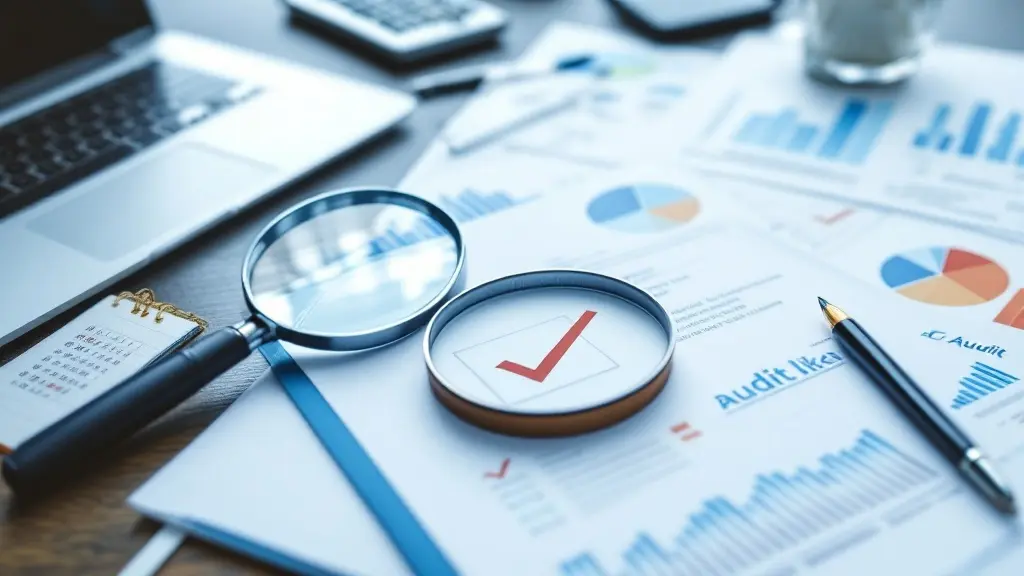Assets Minus Liabilities Equals: Understanding the Formula for Financial Success
Table of Contents
Most Read
[fusion_dropcap class="fusion-content-tb-dropcap"]I[/fusion_dropcap]n the world of finance and accounting, the equation Assets – Liabilities = Equity is a fundamental concept that every individual or business needs to understand. This simple formula forms the basis of your financial health, whether you’re managing personal finances or overseeing the financials of a company.
In this blog post, we will break down what this formula means, how it works, and why it is crucial for anyone looking to build wealth or manage finances effectively. Whether you’re new to accounting or a seasoned investor, this guide will provide you with the essential knowledge to understand and use this formula for your financial advantage.
What Are Assets, Liabilities, and Equity?
Before diving into the formula itself, it’s important to understand the key components involved. Let’s take a closer look at each element:
Assets
Assets are anything of value that you own. They can be both tangible and intangible, including cash, property, investments, and even intellectual property. For businesses, assets also include things like inventory, equipment, and accounts receivable. Assets are crucial for generating income and building wealth.
Liabilities
Liabilities represent what you owe to others—your debts. These can include loans, mortgages, credit card debt, and other financial obligations. Liabilities are the obligations you must meet, usually with interest, over a specific period.
Equity
Equity, also known as net worth, is the difference between your total assets and total liabilities. If your assets exceed your liabilities, you have positive equity, which indicates financial health and potential for growth. If liabilities outweigh assets, you have negative equity, which can signal financial trouble.
The Formula: Assets – Liabilities = Equity
Now that we understand the individual components, let’s look at the formula itself. Assets – Liabilities = Equity is a simple yet powerful financial equation that gives you a clear picture of your financial position.
- Assets are everything you own of value.
- Liabilities are everything you owe to others.
- Equity is the difference between what you own and what you owe.
This equation applies to both personal and business finances. In a business context, equity is often referred to as owner’s equity or shareholder’s equity, depending on the structure of the business.
How to Calculate Equity: A Step-by-Step Guide
Step 1: List Your Assets
The first step in calculating equity is to list all of your assets. For businesses, this includes things like:
- Cash
- Real estate properties
- Equipment and machinery
- Inventory
- Investments
For individuals, assets may include:
- Cash and savings
- Property and real estate
- Vehicles
- Investments (stocks, bonds, retirement accounts)
- Personal valuables
Make sure to account for both current and non-current assets. Current assets are those that can be easily converted into cash, such as cash in hand and receivables. Non-current assets are long-term items like real estate and investments.
Step 2: List Your Liabilities
Next, you need to account for all your liabilities. For businesses, these could include:
- Short-term loans
- Accounts payable
- Long-term debt (such as mortgages or bonds)
- Unpaid taxes
For individuals, liabilities might include:
- Credit card debt
- Mortgages
- Student loans
- Car loans
- Personal loans
Just like with assets, make sure to differentiate between current liabilities (due within a year) and non-current liabilities (due after more than a year).
Step 3: Subtract Liabilities from Assets
Now that you have both your assets and liabilities listed, subtract the total value of liabilities from the total value of assets. The result will give you your equity.
For example, if you own assets worth $100,000 and have liabilities totaling $40,000, your equity would be: Equity=Assets−Liabilities=100,000−40,000=60,000\text{Equity} = \text{Assets} – \text{Liabilities} = 100,000 – 40,000 = 60,000
This means you have $60,000 in equity, which represents your financial stake in the business or your net worth in personal finance.
Why Is the Assets Minus Liabilities Equals Formula Important?
1. Assessing Financial Health
The formula gives a snapshot of your financial health. Positive equity means that your assets are greater than your liabilities, which indicates financial stability and the potential for growth. Negative equity, on the other hand, means you’re in debt more than you’re worth, which could be a warning sign of financial trouble.
2. Wealth Building
Understanding your equity is essential for building wealth. The higher your equity, the more assets you can accumulate, which in turn can generate additional income. For businesses, increasing equity often involves increasing profits or reducing debt. For individuals, building equity can be achieved through paying off liabilities (like loans) and increasing assets (such as purchasing real estate or investments).
3. Decision Making for Investors
For investors, the Assets – Liabilities = Equity formula helps assess whether a company is worth investing in. A business with positive equity is generally more attractive, as it signals financial health and the ability to cover liabilities. On the other hand, negative equity might indicate financial risk and should be approached with caution.
Common Misunderstandings of the Assets Minus Liabilities Equals Formula
While the formula is simple, there are a few misconceptions that often arise. Let’s address them:
1. Equity Equals Cash Flow
While equity is an important indicator of financial health, it does not directly represent cash flow. A business or individual may have a positive equity value but still struggle with cash flow issues, which could affect their ability to meet immediate financial obligations.
2. Liabilities Are Always Bad
Not all liabilities are inherently bad. For example, taking on a mortgage to purchase a home or a loan to expand a business can be considered good debt if it leads to increased assets and equity in the long term. The key is managing liabilities wisely and ensuring that they are sustainable in relation to your assets.
3. Equity Equals Profits
Equity is not the same as profits. Profits are the earnings you make from business operations, while equity represents your ownership stake after all liabilities are accounted for. A business can have significant profits but still have low equity if it has accumulated large amounts of debt.
How to Increase Your Equity: Practical Tips
Whether you’re managing your personal finances or running a business, there are several strategies to improve your equity:
1. Increase Assets
Focus on increasing your assets over time. This could include saving more money, investing in real estate, stocks, or other ventures that can grow in value. For businesses, investing in inventory, machinery, or intellectual property can also increase assets.
2. Reduce Liabilities
Reducing debt is a powerful way to boost your equity. For individuals, this means paying off high-interest credit cards or loans. For businesses, paying down loans or renegotiating debt terms can improve your financial position.
3. Build Profitability
For businesses, increasing profits through sales growth, cost-cutting measures, or expanding into new markets will directly contribute to higher equity. For individuals, increasing income through career advancement or side income can help accumulate wealth.
Conclusion: Understanding Equity for Financial Success
In conclusion, Assets – Liabilities = Equity is a crucial financial formula that anyone managing personal or business finances should understand. Whether you are looking to assess your financial health, make informed decisions about investments, or build wealth over time, this equation is an essential tool for measuring your financial success.
By knowing how to calculate your equity, you can better assess your financial position, make smarter decisions, and work toward long-term financial stability and growth. Understanding the relationship between assets, liabilities, and equity empowers you to take control of your financial future.
If you’re ready to take the next step in improving your financial situation, start by reviewing your assets and liabilities today. Whether you are an individual or a business owner, making informed decisions based on this formula will lead you toward greater financial prosperity.
